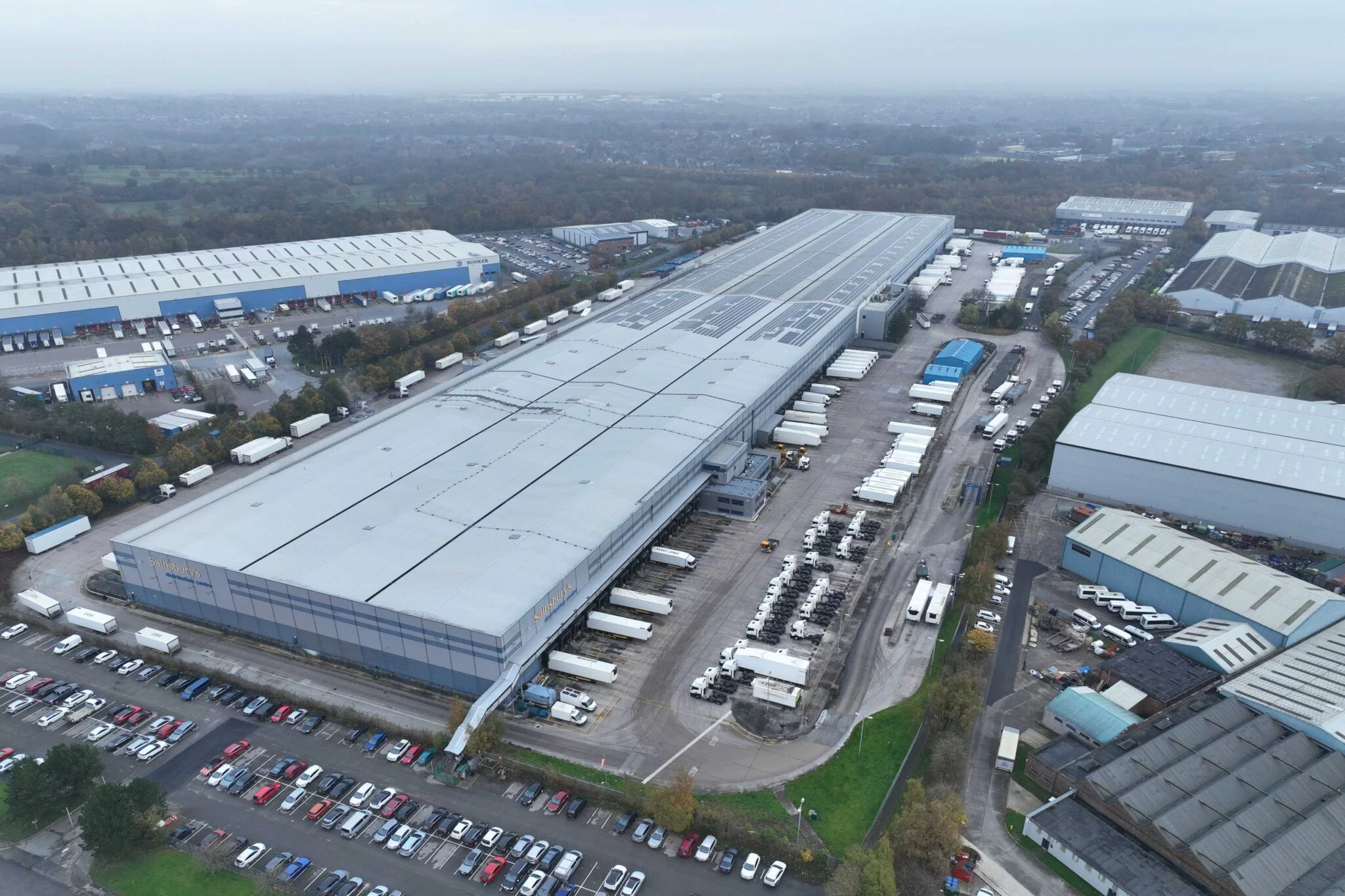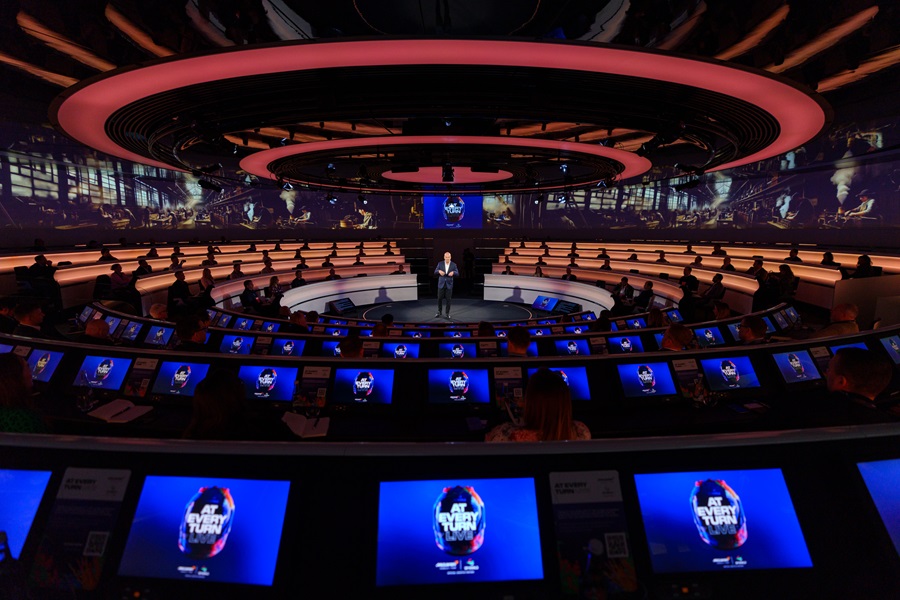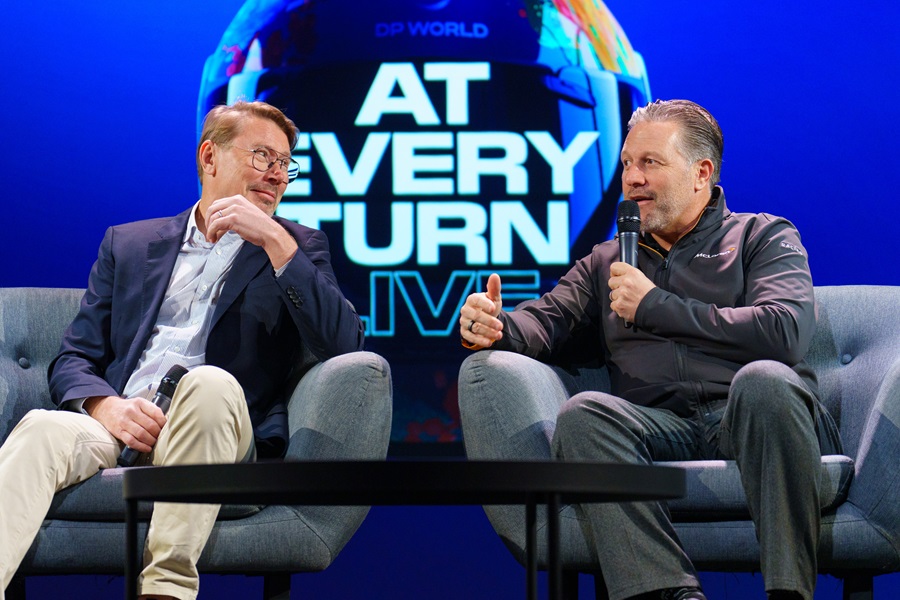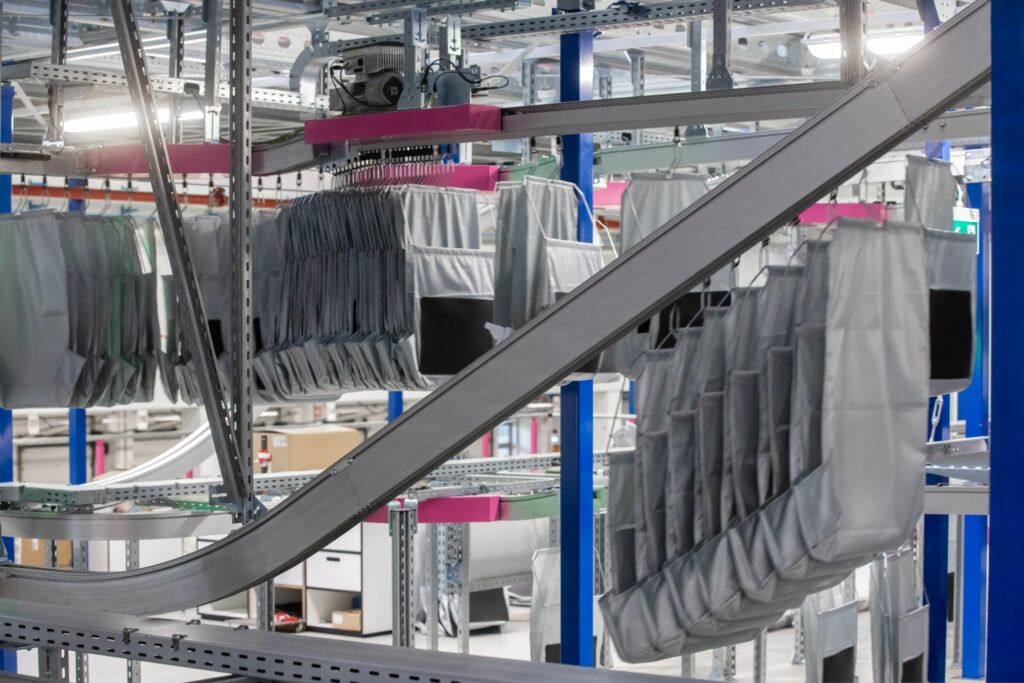Schneider Electric, a global leader in energy management and automation, is leveraging SEER Robotics’ technology to transform its logistics and production processes through a strategic partnership. With a strong presence in energy efficiency and automation, Schneider Electric continues to push the envelope in smart manufacturing by integrating intelligent robots and advanced logistics management systems into its global operations.
Schneider Electric: A Pioneer in Smart Manufacturing
Schneider Electric’s commitment to innovation has earned several of its global production facilities the prestigious title of “Lighthouse Factories,” which are recognized as the benchmarks of the industry. These factories stand as a testament to Schneider Electric’s unwavering dedication to advancing automation and smart manufacturing.
But the journey to becoming an industry leader doesn’t end with technology—it’s about how they leverage that technology to improve operational efficiency and safety across their operations. That’s where SEER Robotics enters the picture, providing vital support in optimizing logistics and warehouse automation.
Driving the Future of Logistics
Since 2021, Schneider Electric has been gradually introducing SEER Robotics’ smart logistics solutions into its core factories in Shanghai, Wuxi, and beyond. These solutions are designed to optimize production workflows, drive efficiency, and reduce operational costs, ensuring that the company maintains its competitive edge.
In 2024, Schneider Electric took another significant step forward by partnering with SEER Robotics at its U.S. manufacturing site in Tennessee. The collaboration introduced SEER Robotics’ Laser SLAM-powered intelligent forklifts and the M4 Smart Logistics Management System to optimize warehouse operations. These technologies are enabling Schneider Electric to streamline its warehouse processes, reduce manual labor, and enhance overall productivity—empowering them to maintain a smooth flow from semi-finished product lines to storage.
Smart Solutions for a Smarter Future
Here’s a look at the key benefits of this smart logistics solution:
1. Laser SLAM Navigation for Greater Flexibility
SEER Robotics’ forklifts are equipped with Laser SLAM navigation technology, which ensures that they can operate in diverse and dynamic factory environments without the need for extensive site modifications. These autonomous forklifts boast an impressive repeat positioning accuracy of up to ±5mm, allowing them to perform precise tasks, such as moving goods across the factory floor, with ease.
2. Enhanced Safety with Refined Obstacle Avoidance
Safety is paramount when it comes to human-robot interaction. At Schneider Electric’s U.S. site, where smart forklifts frequently interact with human-operated ones, SEER Robotics’ system takes safety to the next level. The obstacle avoidance system was specifically optimized to meet the challenges of the warehouse environment, improving the accuracy of obstacle detection and ensuring that both workers and robots can operate safely side by side.
3. Interconnected Systems for Efficient Operations
The M4 Smart Logistics Management System integrates fleet management, task management, and warehouse management into a seamless, all-in-one solution. By linking the intelligent forklifts with the roller production lines, it ensures real-time coordination and boosts operational efficiency across the entire factory floor. This level of interconnectivity is transforming how Schneider Electric manages its production processes.
4. Adaptive Solutions for Non-Standard Applications
Industrial environments often come with unique challenges that require tailored solutions. SEER Robotics meets this challenge with standardized products that can be quickly adapted to different operational needs. At Schneider Electric’s U.S. facility, the forklift’s routing system was dynamically adjusted to optimize the movement of goods. Additionally, special attachments were added to pallets to allow seamless integration with robots and other smart devices, ensuring maximum efficiency across operations.
A Vision for the Future of Smart Logistics
This collaboration between SEER Robotics and Schneider Electric is more than just a technological integration. It’s a vision for the future of smart logistics. With advanced robotics and intelligent systems working in harmony, Schneider Electric is setting the stage for a new era of manufacturing that is efficient, safe, and adaptable to the evolving needs of the industry.
As more companies look to integrate smart solutions into their operations, Schneider Electric’s approach—backed by SEER Robotics’ innovations—demonstrates how technology is helping businesses not only meet today’s challenges but also prepare for the future.








 Sir John Sawers, former chief of the UK Secret Intelligence Service MI6, talked about cybercrime, expressing surprise at how the fear of 10 years ago – of some kind of digital Armageddon – has not happened, but that the threat has instead moved into the world of denial of service attacks of businesses, many of which are happy to pay a ransom rather than risk business disruption. His experience of global affairs led to a fascinating look at how countries are putting mechanisms in place to prevent similar attacks affecting governmental systems.
Sir John Sawers, former chief of the UK Secret Intelligence Service MI6, talked about cybercrime, expressing surprise at how the fear of 10 years ago – of some kind of digital Armageddon – has not happened, but that the threat has instead moved into the world of denial of service attacks of businesses, many of which are happy to pay a ransom rather than risk business disruption. His experience of global affairs led to a fascinating look at how countries are putting mechanisms in place to prevent similar attacks affecting governmental systems.




